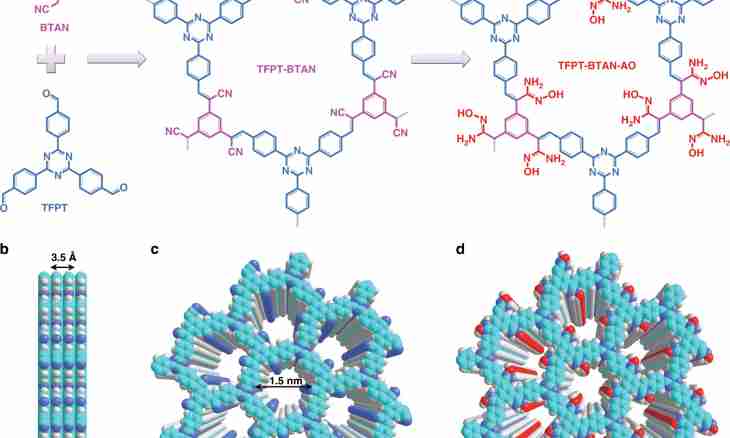Covalent, or homeopolar, communication is formed at compound of atoms when they have to relatives on the value affinity to an electron. As a rule, this type of a chemical bond is carried out by the general electronic couple including on one electron from each atom.
Instruction
1. Covalent communication can connect both identical, and different atoms. It is present at molecules when they are in any aggregate states and also between the atoms forming a crystal lattice. In organic compounds almost all main types of communications are covalent.
2. The prefix "to" in the name of this communication means "joint participation", and "valent" - "joint action, force". At its education the atomic covers of separate atoms form one molecular orbital. In a new molecular cover it is already impossible to define what of electrons belonged to any given atom, it is accepted to say that electrons are socialized.
3. The property of saturability is inherent in covalent communication — atoms of one molecule cannot contact atoms another any more. In most cases its dipolar moment does not exceed 1.0 D, and for communication between identical atoms it is equal to zero or is close to it.
4. One of the most important properties of covalent communication is its invariable spatial orientation. For example, the corner between the directions of communications is constant and equal in covalently constructed symmetric molecules of methane to 109 °29'. Covalent communications of nitrogen, oxygen, phosphorus, sulfur and arsenic also have a certain direction in space.
5. Covalent communication is very strong. Many inorganic compounds in which crystals are formed with its help differ in the hardness and refractoriness. Such connections are often insoluble in water or their solutions do not carry electric current.
6. Covalent communication is most often formed by couple of electrons which is between atoms. It is called still the divided couple, the remained electrons form not divided couples which fill covers and do not participate in binding.
7. If covalent communication is formed at the expense of electronic couple only by one of the reacting particles, it is called coordination, or donorno-acceptor. In this case atom or an ion which gives the electronic couple is considered the donor, and that which generalizes others electronic couple is an acceptor. Coordination communication can be also formed at connection of two molecules.
8. The polar covalent bond is intermediate between covalent and ionic. It can arise between two atoms of different types, but electrons are displaced not so strongly, as in case of ionic communication. At the same time the connecting electronic couple is not located strictly in the middle between kernels, as at pure covalent communication.

